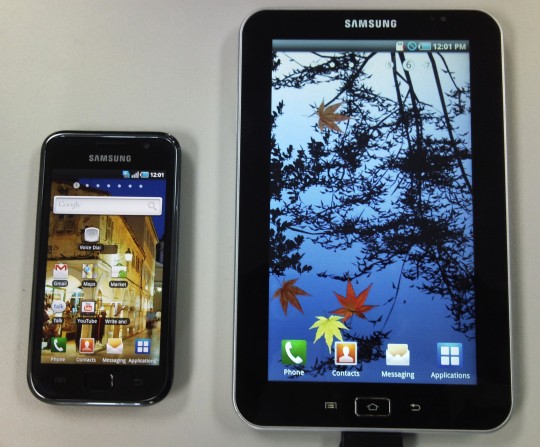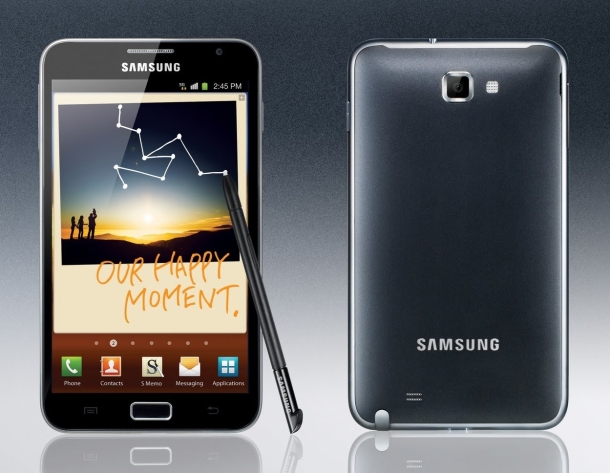Windows
Vista by default installs services and configures several applications
which may not suite your needs. If you are a home user rather than in a
business environment there are many things you can change to give your
computer that little extra oomph for applications and process you use.
I
have put together a few items which when set correctly can help you
control how resources are used on your system. Some of these items
listed will simply uninstall certain features or change a program
configuration. Others listed can be used to actually designate what
resources are dedicate to individual programs. If used properly this can
make specific programs operate faster and more efficiently.
You
may or may not wish to implement some or all of these changes as it
will be a matter of preference. Please remember you should document any
changes made to your system. This well help you reverse any changes made
if for any reason you experience adverse effects.
Uninstalling remote differential compression
The
remote differential compression feature is designed to streamline file
transfers to and from remote directories by keeping track of file
changes and only transferring the changed information.
To disable this feature:
Go to “start/control panel/programs/uninstall a program”.
On the sidebar select “turn windows features on and off”.
Uncheck “remote differential compression” and select “ok.”
Designating which CPU (if using multiple processors) runs a specific process
Windows
Vista allows you the ability to assign an application to run only on a
specific CPU. This is called processor affinity. This is a good way of
balancing the load on a multi-core CPU.
Assigning processor affinity to an application:
Launch the desired application.
Press CTRL+ALT+DEL and choose the “task manager”.
In the “applications” tab locate the desired program and right click it. Choose “go to process”.
This
will bring you to the “processes” tab with the process used by the
application application highlighted. Right click the process and select
“set affinity”.
The processor affinity window will open. Using the check box select which processor(s) you want to run that application.
Note: All settings will reset to default when a restart of the computer is performed.
Assigning priority to an application
All
recent Microsoft operating systems have contained the concept of
priority, meaning in this case, which process gets the most attention
from the CPU. In Vista, you can customize these priority settings so
that your hardware is concentrating most on what you want it to.
Vista has a range of available settings ranging from “low” to “real time”.
Note:
Any full screen application automatically is assigned high priority by
Windows Vista.The best way to optimize such applications is to tweak the
commonly used windowed applications.
Assigning a custom priority to an application:
Launch the desired application.
Press CTRL+ALT+DEL and choose the “task manager”.
In the “applications” tab locate the desired program and right click it. Choose “go to process”.
This will open the “processes” tab with the process highlighted.
Right click the process and choose “set priority”. The priority list will openand you may designate your desired level.
Note:
that choosing “realtime” is not wise as this will designate all
processing being alloted to this one specific process. All settings will
be reset to default when you restart the computer.
Configuring Windows Defender
Windows
Defender by default runs a scan daily. Even though this scan runs in
the background it can impact system performance. You may wish to disable
the automatic scanning and perform only occasional manual system scans.
Disable Windows Defender automated scans:
Open the “start” menu and in the search field type “defender.”
select the “tools” icon at the top of the window and then “options”.
Uncheck “automatically scan my computer” and select “save”.
This
will be the first in a line of articles dedicated to improving
performance on Windows Vista. If you have a suggestion of your own that
you have implemented and you feel may be beneficial to others please
comment on this article. We would be happy to include any viable tips in
our next article.







